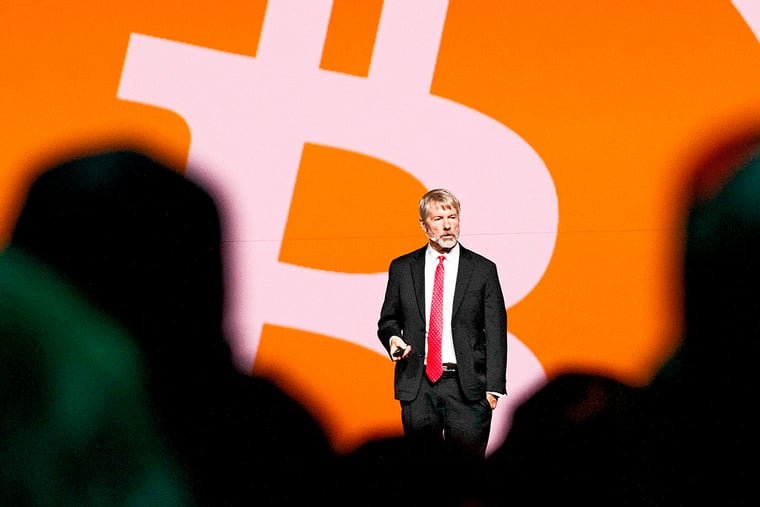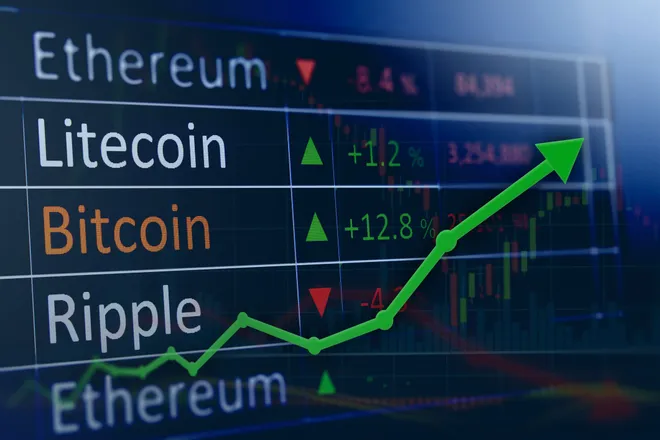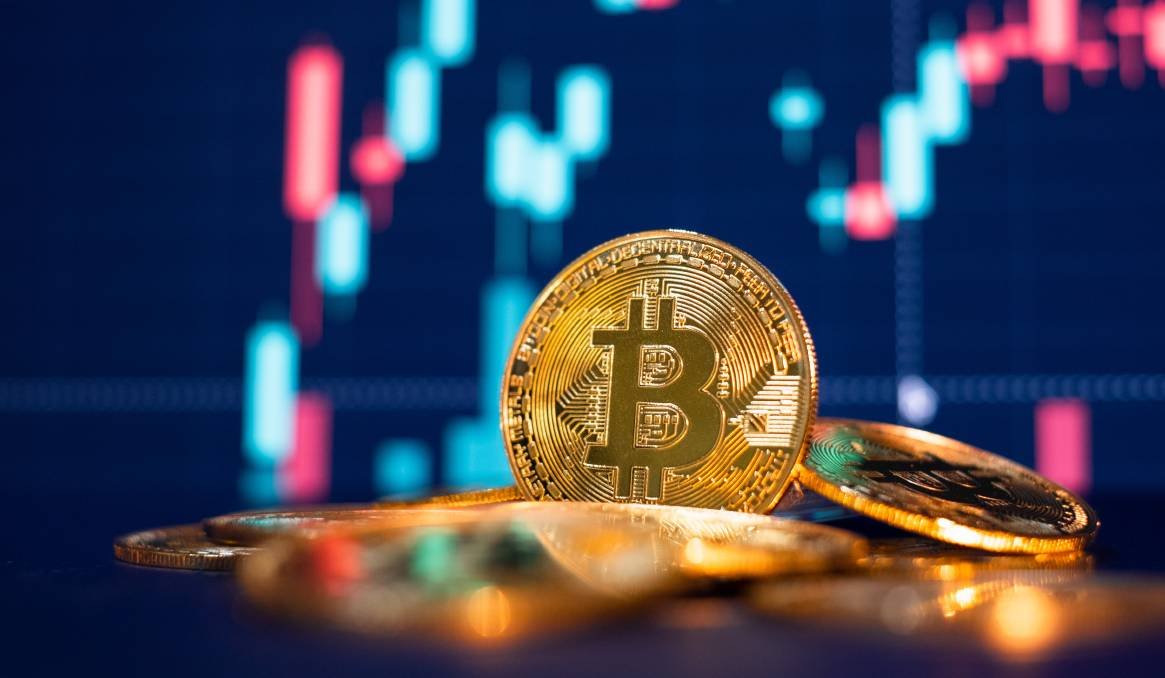The total value of cryptocurrencies is nearing a record $3.5 trillion, with Bitcoin (CRYPTO: BTC) accounting for over half at a market cap of almost $2 trillion. As the leading cryptocurrency, Bitcoin has become a popular store of value due to its decentralized nature, capped supply, and blockchain security.
Michael Saylor, cofounder of MicroStrategy and a vocal Bitcoin advocate, envisions an ambitious future where Bitcoin could skyrocket to $13 million per coin by 2045. Let’s explore his reasoning, its feasibility, and other potential price targets.
Bitcoin: The Foundation of a Tokenized World?
Saylor’s prediction stems from the belief that Bitcoin could become the backbone of a new global financial system. He foresees a future where $500 trillion worth of real assets—ranging from real estate to stocks—are tokenized on the blockchain.
In this system, Bitcoin, as a truly decentralized and secure asset, would serve as the reserve currency, facilitating transactions for all tokenized assets. Saylor argues this shift could make record-keeping more efficient, transparent, and resilient to manipulation.
To support his vision, Bitcoin has already gained legitimacy through regulatory advancements like the approval of Bitcoin exchange-traded funds (ETFs), which provide safe and regulated avenues for investors to gain exposure.
The Numbers Behind $13 Million Per Bitcoin
For Bitcoin to reach $13 million per coin, it would require a market cap of $257 trillion based on its current supply of 19.8 million coins.
For comparison:
- The combined market cap of the S&P 500 companies is $49.1 trillion.
- The total value of all global gold reserves is $18.1 trillion.
This would place Bitcoin’s market cap at over five times the value of the entire S&P 500, raising questions about the likelihood of global adoption and implementation of such a system.
Challenges to a Bitcoin-Based Financial System
Saylor’s vision assumes universal participation, meaning governments, corporations, and individuals worldwide would embrace a Bitcoin-based financial framework. However, achieving this level of consensus is highly unlikely in the near term.
Economic Disparities
Weaker economies may find themselves at a disadvantage in a Bitcoin-based system. Nations with less robust currencies could face higher costs to acquire Bitcoin, which would widen global wealth gaps rather than bridge them.
Fiat Currency Resilience
Fiat currencies have proven advantageous in absorbing economic shocks. For instance, after Brexit, the depreciation of the British Pound helped mitigate the economic fallout by boosting exports. A rigid Bitcoin standard would not offer the same flexibility.
Political Hurdles
Global financial systems are deeply intertwined with political agendas. Coordinating such a revolutionary overhaul among competing nations and interests presents a daunting challenge.
A More Realistic Target for Bitcoin
While $13 million per coin may sound far-fetched, Bitcoin achieving parity with gold is a more attainable milestone.
The total value of all gold reserves is $18.1 trillion, meaning Bitcoin’s market cap would need to rise by 823%, reaching a price of $914,000 per coin. This target is supported by Bitcoin’s attributes as a store of value, particularly as Bitcoin ETFs make investment easier for institutional and retail investors.
Why Saylor’s Forecast May Be Skewed
Saylor’s company, MicroStrategy, owns approximately 450,000 Bitcoins, giving him a significant vested interest in promoting bullish scenarios for Bitcoin. Investors should consider this bias when evaluating his predictions.
Final Thoughts: Could Bitcoin Soar by 2045?
Bitcoin remains a revolutionary asset, with the potential to significantly disrupt traditional financial systems. While a $13 million price target seems far-reaching, the narrative of Bitcoin becoming a dominant reserve asset continues to gain traction.
For now, aiming for Bitcoin to match the market cap of gold—or even a fraction of Saylor’s forecast—would represent tremendous growth. Regardless of its future price, Bitcoin’s trajectory is reshaping the financial world, and staying informed is crucial for investors.




